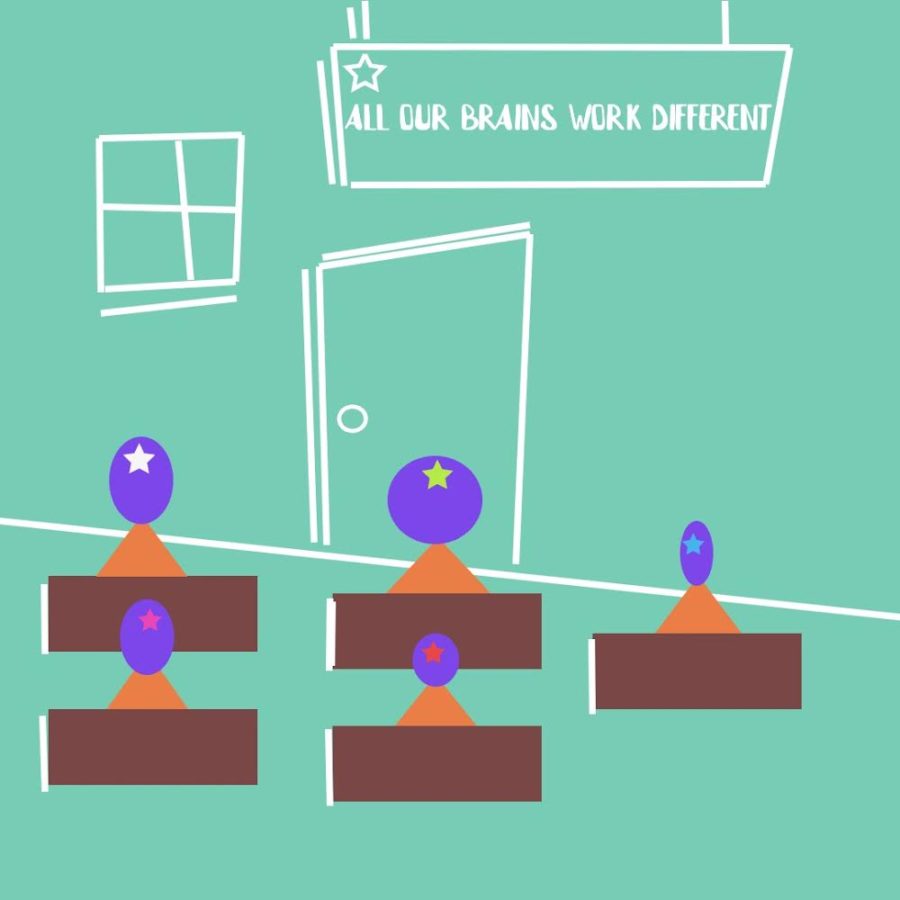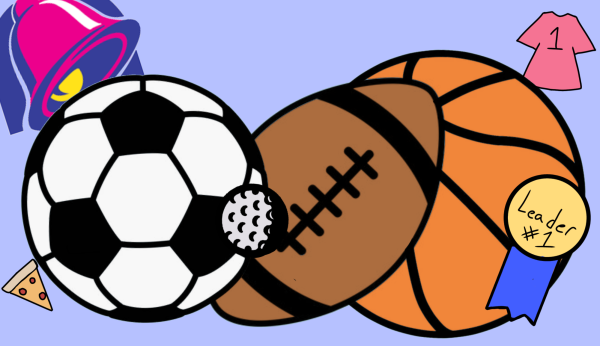Clearing up misconceptions about autism
With the ever-growing awareness of autism comes the ever-growing prevalence of misconceptions surrounding the spectrum, and there’s no better time to clear these up than now, in reflection of Autism Awareness Month.
According to the World Health Organization, Autism spectrum disorders (ASD) are a diverse group of conditions. They are characterized by some degree of difficulty with social interaction and communication. Other characteristics are atypical patterns of activities and behaviours, such as difficulty with transition from one activity to another, a focus on details and unusual reactions to sensations.
ASD is estimated to be prevalent in around one percent of the world’s population. As of 2020, 1-in-36 children in the United States are diagnosed, with that number increasing every year.
Autism, now being such a common condition, doesn’t have any one look, mindset or definition. Autism is a diverse spectrum of differing ways of seeing and interacting with the world, and everyone experiences it differently. Although with autism still being such a constantly evolving condition, people have misconceptions of it.
“Many people still associate autism with antisocial people…and nerdy stereotypes,” sophomore Elijah Eisenberg, a student with autism, said.
In recent years, this misconception has become seemingly more popular. Media is a big proponent of this myth, with films like The Predator and Rain Man popularizing the idea that autistic people are antisocial super-geniuses. In reality, not all autistic people are a savant or introverted; some people on the spectrum are in fact highly social.
A common trait that has likely led to the intelligence myth is the fact that many people on the spectrum have what’s called special interests or hyperfixations. Special interests are a highly increased focus on specific topics, hyperfixations being an even more intense focus.
Some may think that ASD is a bad thing, something to get rid of or cure, but it’s simply just a different way of thinking. A famous motto among the autism community and their allies is, “Different not less.”
“Some people don’t know about autism, sometimes people don’t really understand autism. So I think it’s cool to have autism,” freshman Jude Brockman said. “I was born with autism, so I’m autistic.”
The increased awareness of autism over the past years has come with much misconception, but has also come with a new found wave of understanding as well.
“I would say generally people are better at understanding that it is something that affects you, but not some disease caught from vaccines,” senior Aidin Dennehy, a student on the autism spectrum, said
The most harmful, and unfortunately common misconception of autism is the false idea that it is caused by vaccination. According to the CDC, vaccines do not cause autism.
Autism is not a disease, autism develops genetically and cannot be contracted or caught.
Not only have vaccines been proven without a shadow of a doubt to not be linked to autism in any way, but the physician that came up with the fraudulent theory has been discredited and even barred from practicing in the United Kingdom.
Unfortunately for many, the damage is already done. The anti-vax theory continues to persevere. With celebrities and politicians spreading this misinformation, the anti-vax movement has only grown, a movement which is responsible for mass disinformation, the revival of near extinct diseases and the deaths of many.
This isn’t helped either by the fact that popular sites, like Autism Speaks, initially hesitated for years on whether or not to make a statement on if the theories were true, instead deciding to investigate the theory and not rule out the possibility of a link between the two. Only confirming that there was no correlation in 2014, over a decade after vaccines had already been proven to have no causal link to autism.
While myths like those of vaccination causing autism have been left behind by the medical world, others have persisted as heavily debated topics to this day.
“One misconception that apparently other people have, that one of my friends with autism said, is that apparently girls cannot have autism,” Dennehy explained.
Like Dennehy said, one of the most pervasive misconceptions around autism is that it is a male-only disorder, when in fact that is not the case. While official medical organizations such as the CDC say that autism is four times less likely in girls, this idea has come under heavy scrutiny over the years. The Organization for Autism Research, or ORA, have stated that according to research, autism may not be less common in girls, but instead may manifest differently. Girls are able to mimic their surroundings better than boys, making detection more difficult.
With the ever increasing prevalence of ASD and its misconceptions, it is becoming more important for people to understand what autism is every day.
“A lot of people don’t see the spectrum for the beautiful diversity of colors it has, and haven’t been educated about neurodiversity,” Eisenberg explained. “I think every kid should learn about neurodiversity in school to help the future generations better understand people who are all around them.”
With all the misinformation and myths circulating, it can be important to stay accurately informed and aware.
Dennehy remarked, “Autism is a spectrum, be who you are. There is no such thing as normal so don’t let people try and get you down by telling you you’re not normal.”
Stone is a senior (he/him) and he is passionate about knowledge, music and science. People describe him as well thought-out, introverted and funny (“I hate him” - his friends). He loves being a journalist because he likes to spread awareness and information on unknown topics.








